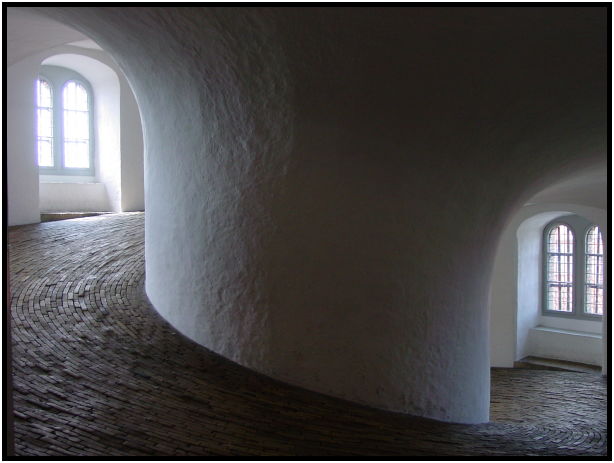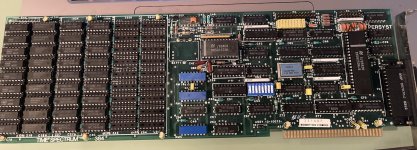mykrowyre
Experienced Member
Is anyone familiar with this board? I've seen a lot of them around, and got one in my Compaq Portable.
Unfortunately, the system doesn't see the memory and I am not sure of the dip and jumper settings.
I've searched and the only thing I could find is this:

 stason.org
stason.org
But this is very different from my board.
Also, I removed the leaky battery. Is it possible that the board will not operate at all if the battery is missing? Seems like it would only effect the clock, but machines like the Tandy Model 100 wouldn't boot with a dead memory battery.
Unfortunately, the system doesn't see the memory and I am not sure of the dip and jumper settings.
I've searched and the only thing I could find is this:

TIME-SPECTRUM MULTIFUNCTION BOARD IO card Settings and Configuration
TIME-SPECTRUM MULTIFUNCTION BOARD, IO card, memory, data bus, user configuration, chipset and other specs
But this is very different from my board.
Also, I removed the leaky battery. Is it possible that the board will not operate at all if the battery is missing? Seems like it would only effect the clock, but machines like the Tandy Model 100 wouldn't boot with a dead memory battery.
Last edited:

